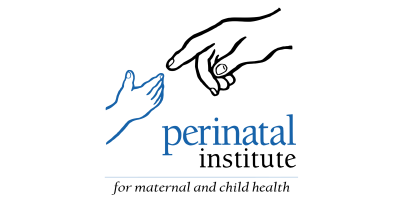
FM028 SGA related stillbirth risk according to GROW vs INTERGROWTH-21st fetal weight standards
Fetal Medicine
Information
Objective: Ultrasound estimation of fetal weight (EFW) is central to antenatal surveillance yet there is no nationally agreed standard to define small for gestational age (SGA). We compared stillbirth risk for SGA by the Intergrowth 21st (IG21)1 fetal weight standard based on pregnancies from 8 countries, with SGA by the GROW2 fetal weight standard, customised to the local population and individual maternal characteristics
Methods: We studied a cohort of 117,027 consecutive singleton pregnancies between 2022-4 with one or more third trimester scans, selecting the last scan. EFWs were calculated by the Hadlock-3 formula. We determined the number and proportion of fetuses that were SGA (<10th centile) by each standard (GROW, IG21), and the associated relative risk (RR) of stillbirth with 95% confidence interval (CI), compared to pregnancies not SGA by either standard.
Results: The median gestational age at last scan was 37+0 weeks, and at delivery 39+2 days. IG21 defined 2785 (2.4%) pregnancies as SGA, and GROW defined 8390 (7.2%). Of the IG21-SGA cases, 2675 (96.0%) were also SGA by GROW, and had a relative risk of stillbirth of 3.8 (CI 2.3-6.5). There were no stillbirths in the 110 cases that were SGA by IG21 only. The additional 5715 (68.1%) pregnancies that were SGA by GROW only had a significantly increased stillbirth risk (RR 1.8, CI 1.1-3.0). See Figure.
Conclusion: The INTERGROWTH-21st fetal weight standard fails to identify over two-thirds of cases that are SGA according to GROW and at significantly increased risk of stillbirth. 1. Stirnemann J, Villar J, Salomon LJ, Ohuma E, Ruyan P, Altman DG, et al.
International Estimated Fetal Weight Standards of the INTERGROWTH-21st Project. Ultrasound Obstet Gynecol. 2017;49(4):478–86. https://doi.org/10.1002/uog.17347
2. Gestation Related Optimal Weight - GROW 2.0.6.3. Perinatal Institute, 2022. https://www.perinatal.org.uk/GROW2.0/
Methods: We studied a cohort of 117,027 consecutive singleton pregnancies between 2022-4 with one or more third trimester scans, selecting the last scan. EFWs were calculated by the Hadlock-3 formula. We determined the number and proportion of fetuses that were SGA (<10th centile) by each standard (GROW, IG21), and the associated relative risk (RR) of stillbirth with 95% confidence interval (CI), compared to pregnancies not SGA by either standard.
Results: The median gestational age at last scan was 37+0 weeks, and at delivery 39+2 days. IG21 defined 2785 (2.4%) pregnancies as SGA, and GROW defined 8390 (7.2%). Of the IG21-SGA cases, 2675 (96.0%) were also SGA by GROW, and had a relative risk of stillbirth of 3.8 (CI 2.3-6.5). There were no stillbirths in the 110 cases that were SGA by IG21 only. The additional 5715 (68.1%) pregnancies that were SGA by GROW only had a significantly increased stillbirth risk (RR 1.8, CI 1.1-3.0). See Figure.
Conclusion: The INTERGROWTH-21st fetal weight standard fails to identify over two-thirds of cases that are SGA according to GROW and at significantly increased risk of stillbirth. 1. Stirnemann J, Villar J, Salomon LJ, Ohuma E, Ruyan P, Altman DG, et al.
International Estimated Fetal Weight Standards of the INTERGROWTH-21st Project. Ultrasound Obstet Gynecol. 2017;49(4):478–86. https://doi.org/10.1002/uog.17347
2. Gestation Related Optimal Weight - GROW 2.0.6.3. Perinatal Institute, 2022. https://www.perinatal.org.uk/GROW2.0/